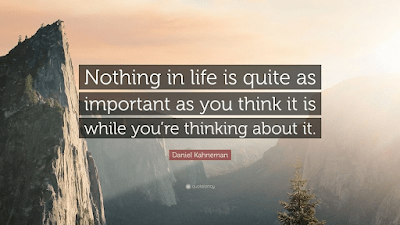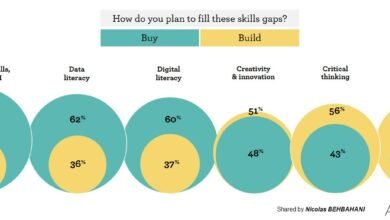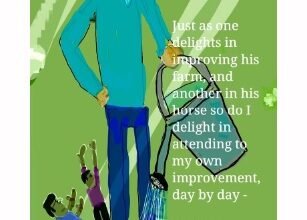
By | Dr Pavan Soni | IIM-B Innovation Evangelist
In this edition of Inflexion Point, we look at why we don’t remember being born, gender differences in creativity, how running develops mental toughness, using fiction to shape company’s strategy, and the effect of war on creativity.
Hope you enjoy reading these articles.
Most people can’t remember events from the first few years of their lives, typically till the age of 3, a phenomenon known as ‘infantile amnesia’. However, infants do form memories and these are of two types- semantic (about facts) and procedural (about actions). But as we grow, we find it difficult to retrieve those autobiographical memories. Research suggests that you can get infants to remember events for longer by training them for longer periods of time, and by giving them reminders. This can have implications for treating amnesia in grownups. (Source: Scientific American)
For a reasonably long time men were believed to be more creative than women. But it’s more of a stereotype than reality. A recent research based on data from 259 independent studies on gender and creativity conducted over the past few decades has revealed that the gender divide is diminishing. It further indicates that the gender stereotype is larger when employees evaluate their own creativity as compared to when their creativity was rated by others. It indicates that knowingly or otherwise women are more self-critical when it cones to creativity. Authors conclude that an environment that fosters gender egalitarianism, kindness, equality, and concern for others is likely to be beneficial in boosting the creativity of women and men. (Source: Forbes)
To understand how running makes one think and feel differently, in a recent experiment researchers fitted 10 runners with microphones and asked them to articulate their thoughts freely and without any self-observation while out on a long run. Using the thinking-aloud protocol it emerged that to cope with the pain and discomfort, the runners used a variety of mental strategies, including breathing techniques and urging themselves on. According to Vana Hutter, a leading sports psychologist, mental strength may in fact be the thing that separates the winners from the rest of us. The key ingredient is self-regulation which consists of learning and concerns, the former dealing with improvement and latter with the control of emotions. (Source: MIT)
Strategy making mostly is an act of logic where executives are driven away from imagination and wild ideas. In this HBR piece, authors propose an alternate approach, Design Fiction, that immerses executives and employees deeply in various possible futures, and uses artifacts such as short movies, fictitious newspaper articles, and imaginary commercials to generate transformation roadmaps. It essentially builds on scenarios by leveraging analogous situations, science fiction inspiration, interviews with extreme users and other stakeholders, and then developing artifacts of the future. Using design fiction successfully requires executives to be creative and open to all possibilities. (Source: HBR)
In the ongoing Ukraine- Russia conflict, one of the questions that interests me is the effect of war on creativity, in general, and artistic creativity, in particular. Karol Jan Borowiecki of the University of Southern Denmark looked at the work of 115 prominent composers born between 1800 and 1910 and observed that, “Composers are typically negatively affected by war. However, those in their late 20s and early 30s do not appear to suffer much in times of war, and those above their late 50s may become even more productive.” Further, international wars that ended in a victory or a tie, as well as defensive or continental inter-state wars, correspond with significantly higher productivity. (Source: Pacific Standard)






